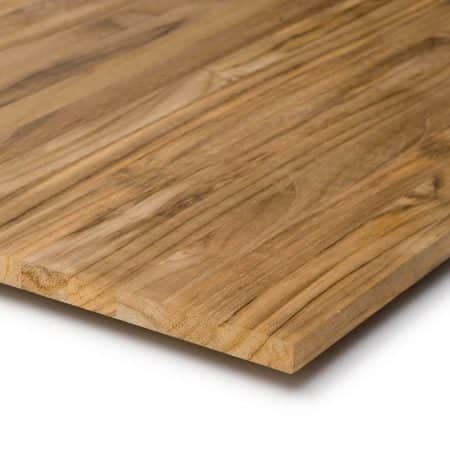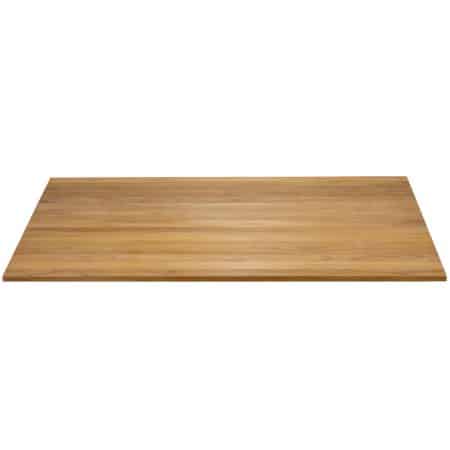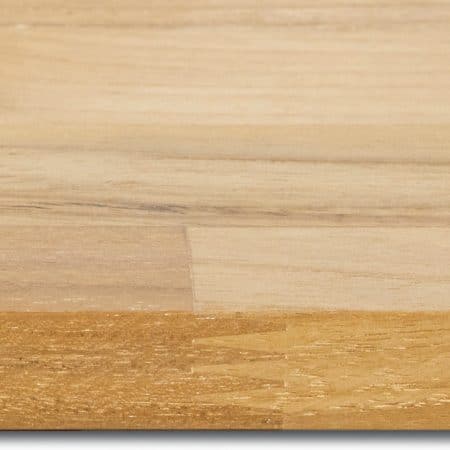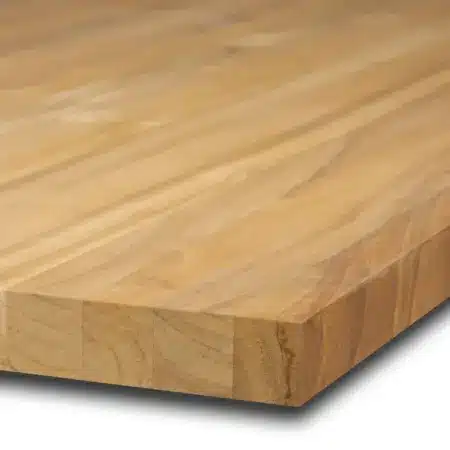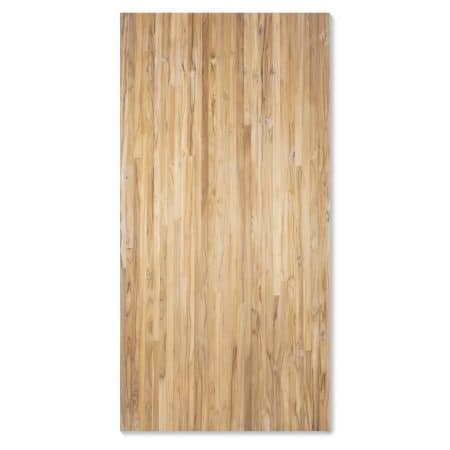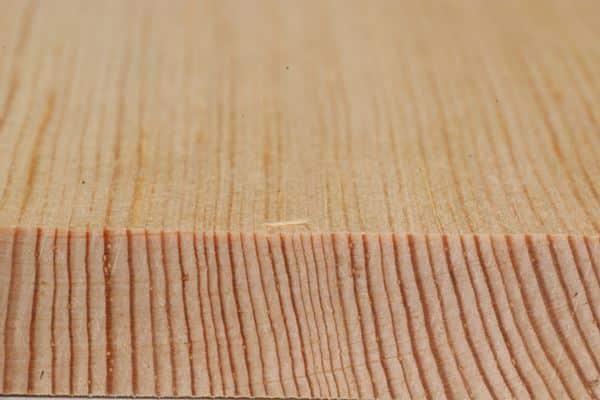
|
Origin |
Europe, east to Siberia; Asia Minor |
|
bulk density |
510-550 kg/m³ |
|
durability class |
3-4 |
|
radial shrinkage |
0,15 - 0,19% |
|
Tangential shrinkage |
0,25 - 0,36% |
|
wood color |
yellowish to reddish brown |
|
wood structure |
straight grained |
|
Usage |
Furniture wood, flooring, in the pulp and paper industry |
The native pine, tree of the year 2007, is the most important tree species after the spruce in Germany, with 24% of the forest and 21% of the wood supply. The moderately heavy wood forms a well-defined group together with black pine and some pines from North America and East Asia. Pine trees are primarily native to the northern hemisphere and thrive in cool, humid climates. Worldwide, pine trees are grown in suitable climates, particularly in Korea and Japan, where they represent strength, longevity and patience. Pine trees are important worldwide in forestry because they are undemanding and well-growing. However, the monoculture of Scots pine in Central Europe leads to susceptibility to forest fires and insect infestation, which in the long term can lead to soil leaching and acidification. In addition to the Scots pine, the black pine, the mountain pine and the stone pine occur naturally in mountain regions.
Pine wood, from the native pine, Germany's most important commercial tree species, is characterized by whitish sapwood and yellowish to reddish-brown, darkening heartwood. The clear structure is created by the change from light early wood to darker late wood. The straight-grained, resin-rich softwood can be used in a variety of ways: for construction, floors, stairs, furniture, facades and more. Processing requires little effort and resin problems can occur. Pine wood is also used in the paper industry and as firewood. In China the pine tree symbolizes longevity; in Maine it is a state symbol. The seeds serve as food, while the resin is used for chippings and making pitch.
Sources: Wikipedia, Wood from the specialist (GD Wood)


